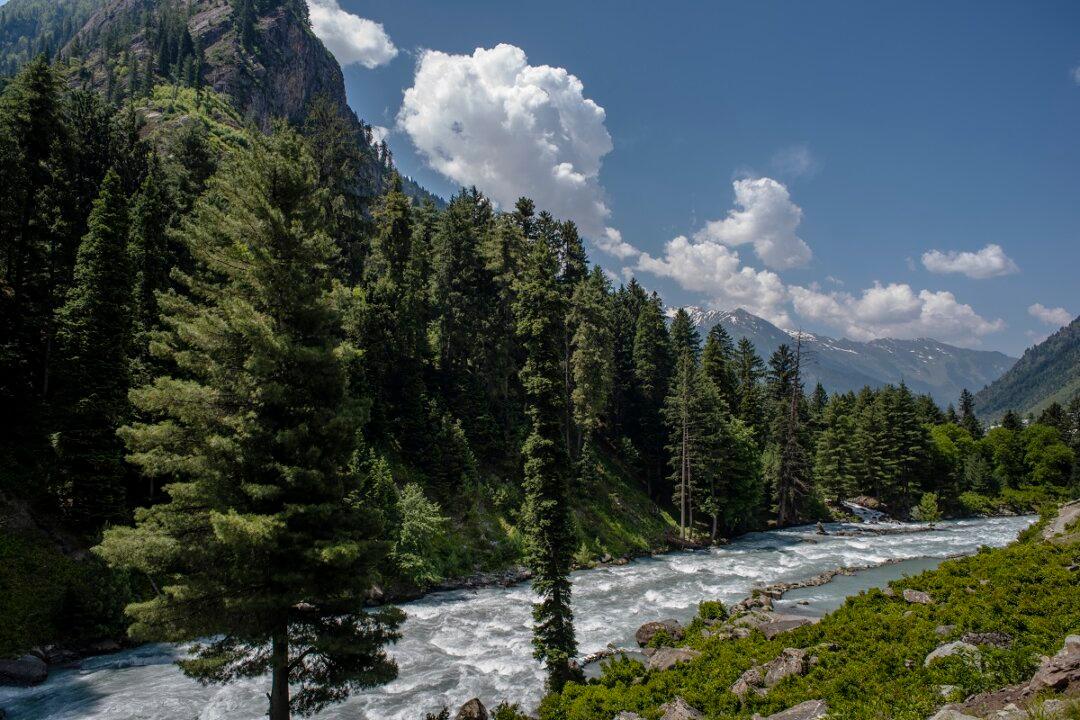NEW DELHI—The India–China border standoff that intensified with a bloody skirmish in June of last year was actually a Chinese pilot project to test a global expansion strategy based on the stoppage of trans-border rivers, an Indian defense analyst says.
“[China] blocked the water of the Galwan river, and there was a massive build-up, I suspect, in response to the massive infrastructure build-up that started in 2019 [by India],” Abhijit Iyer-Mitra, a senior research fellow with the New Delhi-based Institute of Peace and Conflict Studies, told The Epoch Times over the phone.





